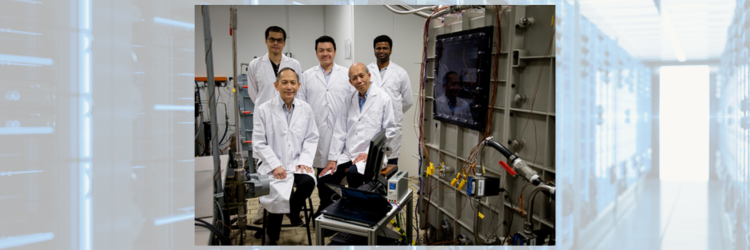Spray Cooling Lowers Data Center Carbon Footprint
Scientists at the Nanyang Technological University, Singapore created a way to lower heat in data centers. Based on rack density, waste heat generated is approximately 7kW per cubic meter in conventional air-cooled racks. The spray-cooling approach can dissipate significantly more heat and can handle rack densities as high as 23kW per cubic meter.
If adopted, this method will allow higher computing power servers to be packed into a smaller space than current data centers for a space savings of 30%.
The team’s special spray aims directly at the CPU, the critical component which is the key source of heat. Using spray cooling, CPUs can maintain their optimal temperature at about 55 degrees Celsius without the need for energy-intensive air-conditioning units. Power usage effectiveness, the ratio of the total amount of power used by the data center versus the actual power delivered to the servers, can go as low as 1.08 vs. 1.8. The spray-cooled system could save up to 1550 tons of CO2 emission annually compared to conventional air-cooling systems.
The prototype consists of an enclosed spray-cooled server rack capable of operating near atmospheric pressure, a water pump, sprays with multiple nozzles over each CPU, a collection system to collect the vaporized liquid, and an energy-efficient room-temperature condenser to convert the gases back into liquid again. No chiller system is required.

